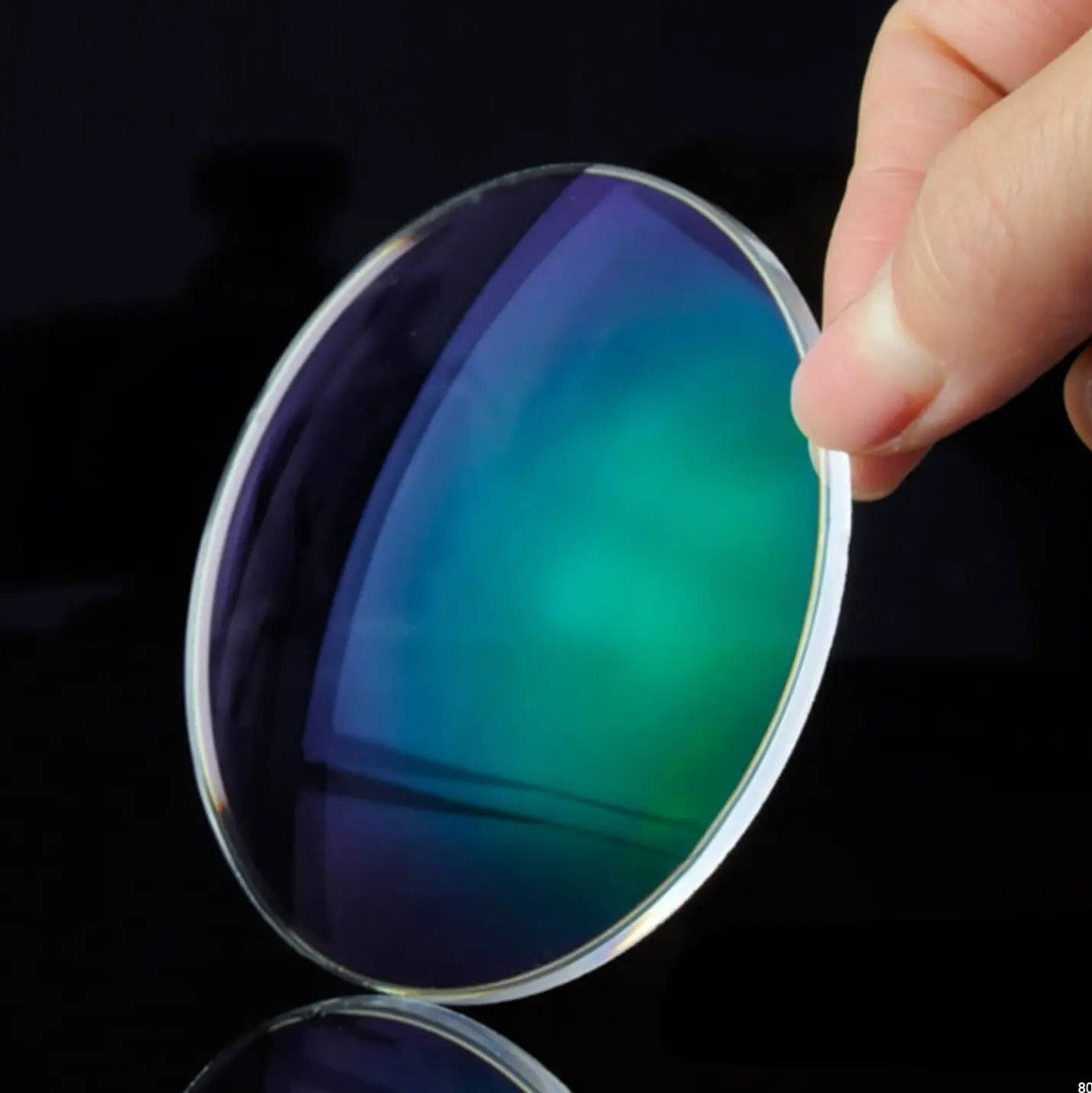The evolution of contact lens technology is a fascinating tale of innovation and scientific advancement. From modest beginnings to the latest developments bordering on science fiction, contact lenses have traveled a long journey, transforming from simple optical devices to complex technological tools capable of changing our interaction with the world. This blog delves into the history, current state, and exciting future of contact lenses, highlighting innovative examples that illustrate their evolution and potential.
History and Development
The concept of contact lenses dates back to Leonardo da Vinci in the 16th century, though it wasn’t until the 20th century that the first practical prototypes were materialized. Initially, these devices were uncomfortable and impractical for extended use. The advent of materials like hydrogel in the 1960s made contact lenses more comfortable and accessible, marking the beginning of their popularization.
The introduction of silicone hydrogel materials towards the end of the 20th century was another significant milestone, allowing greater oxygenation of the eye and enabling the prolonged use of contact lenses. This innovation opened up new possibilities for users around the world, significantly improving the comfort and functionality of contact lenses.
The Present: Innovations and Technological Advancements
Today, contact lens technology is experiencing revolutionary advances. The integration of digital technology has led to the development of smart contact lenses, capable of more than just correcting vision. These emerging devices promise to transform the human visual experience, adding functionalities ranging from health monitoring to visual reality enhancement.
- Health Monitoring: Recent innovations include contact lenses capable of releasing antihistamines for people with allergies and monitoring glucose levels for diabetics. These advances represent a significant step towards integrating health monitoring into our daily lives in a non-invasive manner.
- Augmented Reality: Companies like Mojo Vision and Innovega are developing contact lenses that incorporate augmented reality, allowing users to access digital information and enhance their vision in real-time. This technology has the potential to revolutionize how we interact with our environment and access information.
The Future: Towards New Frontiers
The future of contact lenses seems like something out of a science fiction novel. With advances in miniaturization and nanotechnology, future contact lenses could offer capabilities far beyond visual correction and health monitoring.
- Interaction with Technology: Futuristic smart contact lenses could act as interfaces to control mobile devices and other gadgets with just eye movements or blinks, further integrating digital technology into our sensory experience of the world.
- Prevention and Treatment of Diseases: With the ability to constantly monitor health indicators, future contact lenses could not only diagnose but also prevent medical conditions before they manifest, offering a new dimension in preventive healthcare.
- Enhanced Capabilities: Research into contact lenses is exploring how these devices can improve human vision beyond natural capabilities, such as seeing in the dark or providing optical zoom. These developments could significantly expand human capabilities, offering new ways to perceive the world.
Conclusion
The evolution of contact lenses from mere instruments of visual correction to advanced technological platforms is a testament to human ingenuity and the relentless pursuit of overcoming our limitations. What began as an effort to improve vision has transformed into an exploration of how we can extend our physical and sensory capabilities.
Recent advances demonstrate that we are just at the beginning of this journey. From contact lenses that automatically administer medication to those that connect us with the digital world in previously unimaginable ways, the potential for future innovations is vast. The integration of tiny sensors, augmented reality capabilities, and the ability to monitor and respond to health conditions in real-time are just the beginning.
As we continue to advance on this path, contact lenses will not only improve the quality of life for people with visual impairments but also offer new tools to expand our experiences and perceptions of the world. We are on the threshold of an era where technology and biology merge in ways that broaden the scope of what it means to be human.





